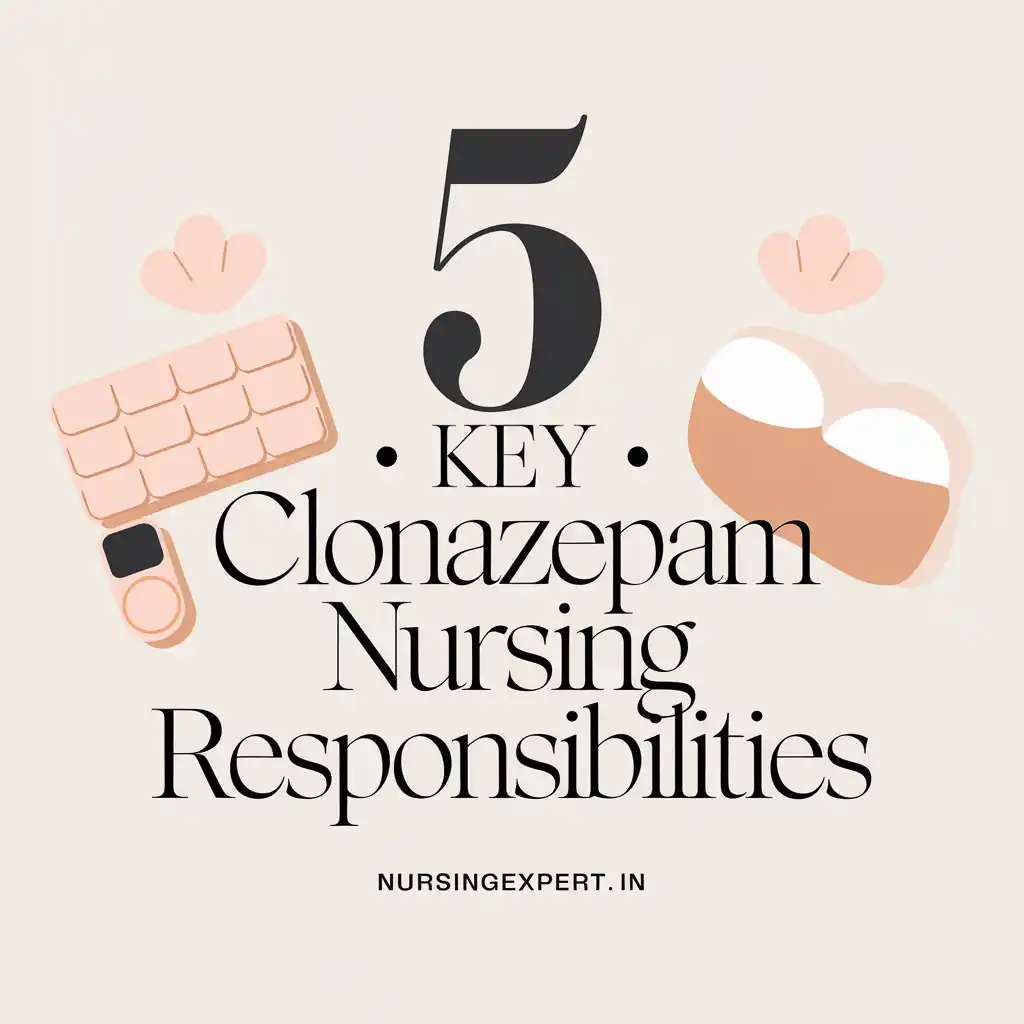Introduction
Type 2 diabetes mellitus is a chronic condition marked by insulin resistance and impaired insulin secretion, resulting in elevated blood glucose levels. Glipizide, a second-generation sulfonylurea, is a widely prescribed oral medication that helps manage hyperglycemia by stimulating insulin release from pancreatic beta cells. Nurses play a critical role in ensuring its safe and effective use through proper administration, vigilant monitoring, and comprehensive patient education. This article outlines key nursing considerations and management strategies for glipizide to optimize patient outcomes.
Thank you for reading this post, don't forget to subscribe!
Drug Overview
Classification
- Generic Name: Glipizide
- Brand Names: Glucotrol, Glucotrol XL
- Classification: Antidiabetic agent, sulfonylurea (second-generation)


Mechanism of Action
Glipizide enhances insulin secretion by binding to receptors on pancreatic beta cells, promoting glucose uptake in peripheral tissues and reducing hepatic glucose production. Its shorter half-life compared to first-generation sulfonylureas reduces the risk of prolonged hypoglycemia.
Dosage and Administration
Glipizide is available in immediate-release and extended-release forms, with dosages tailored to individual patient needs.
Dosage Forms
- Immediate-Release Tablets: 5 mg, 10 mg
- Extended-Release Tablets (Glucotrol XL): 2.5 mg, 5 mg, 10 mg
Recommended Dosages
- Immediate-Release:
- Initial: 5 mg daily, 30 minutes before breakfast
- Maintenance: 5–20 mg daily (single or divided doses)
- Maximum: 40 mg daily
- Extended-Release:
- Initial: 5 mg daily with breakfast
- Maintenance: 5–20 mg daily
- Maximum: 20 mg daily
Administration Guidelines
- Administer immediate-release glipizide 30 minutes before meals and extended-release with breakfast to optimize efficacy and minimize hypoglycemia risk.
- Do not crush or chew extended-release tablets.
- If a dose is missed, take it as soon as possible unless nearing the next dose—avoid doubling up.
Nursing Considerations
Assessment
- Baseline Data: Measure fasting blood glucose and HbA1c levels.
- History: Screen for renal/hepatic impairment or drug allergies.
- Medication Review: Identify potential interactions (e.g., beta-blockers, NSAIDs).
Administration
- Ensure glipizide is given with meals to prevent hypoglycemia.
- Educate patients on consistent timing and meal coordination.
Monitoring
- Blood Glucose: Regularly assess fasting and postprandial levels.
- Hypoglycemia: Watch for shakiness, sweating, confusion, or irritability.
- Hyperglycemia: Note increased thirst, urination, or fatigue.
- Adverse Effects: Monitor for weight gain, GI upset, or skin reactions.
Patient Education
- Adherence: Take as prescribed, with meals, at consistent times.
- Hypoglycemia Management: Carry fast-acting sugar (e.g., glucose tablets) and recognize symptoms.
- Lifestyle: Emphasize a balanced diet and regular exercise.
- Alcohol: Advise moderation to avoid hypoglycemia.
- Follow-Up: Stress the importance of regular check-ups.
Adverse Effects
Common
- Hypoglycemia
- Weight gain
- Nausea, diarrhea
- Rash or photosensitivity
Serious
- Severe hypoglycemia (e.g., seizures, unconsciousness)
- Rare hematologic or hepatic issues
Nurses should teach patients to report severe symptoms immediately.
Drug Interactions
- Beta-Blockers: May mask hypoglycemia signs.
- NSAIDs: Can enhance hypoglycemic effects.
- Alcohol: Increases hypoglycemia risk.
Review all medications to adjust therapy as needed.
Special Considerations
- Elderly: Start with lower doses (e.g., 2.5 mg) and monitor closely.
- Renal/Hepatic Impairment: Adjust doses and assess function regularly.
- Pregnancy/Breastfeeding: Avoid unless essential; insulin is preferred.
Management Strategies
Nurses support diabetes management by:
- Encouraging adherence to glipizide and lifestyle modifications.
- Coordinating with healthcare providers for dose adjustments.
- Empowering patients with knowledge to self-monitor and respond to glucose changes.
Conclusion
Glipizide is an effective option for type 2 diabetes, but its success depends on meticulous nursing care. By addressing administration, monitoring, education, and special considerations, nurses can enhance patient safety and quality of life. Collaboration among nurses, patients, and healthcare teams is vital for optimal diabetes management.


